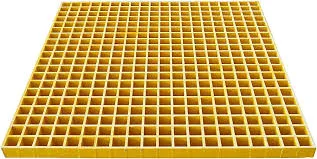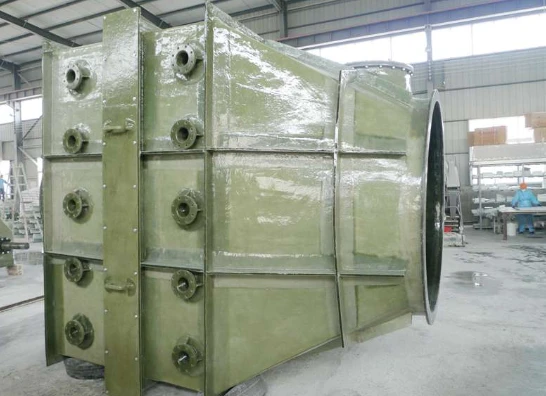
-
 Afrikaans
Afrikaans -
 Albanian
Albanian -
 Amharic
Amharic -
 Arabic
Arabic -
 Armenian
Armenian -
 Azerbaijani
Azerbaijani -
 Basque
Basque -
 Belarusian
Belarusian -
 Bengali
Bengali -
 Bosnian
Bosnian -
 Bulgarian
Bulgarian -
 Catalan
Catalan -
 Cebuano
Cebuano -
 China
China -
 China (Taiwan)
China (Taiwan) -
 Corsican
Corsican -
 Croatian
Croatian -
 Czech
Czech -
 Danish
Danish -
 Dutch
Dutch -
 English
English -
 Esperanto
Esperanto -
 Estonian
Estonian -
 Finnish
Finnish -
 French
French -
 Frisian
Frisian -
 Galician
Galician -
 Georgian
Georgian -
 German
German -
 Greek
Greek -
 Gujarati
Gujarati -
 Haitian Creole
Haitian Creole -
 hausa
hausa -
 hawaiian
hawaiian -
 Hebrew
Hebrew -
 Hindi
Hindi -
 Miao
Miao -
 Hungarian
Hungarian -
 Icelandic
Icelandic -
 igbo
igbo -
 Indonesian
Indonesian -
 irish
irish -
 Italian
Italian -
 Japanese
Japanese -
 Javanese
Javanese -
 Kannada
Kannada -
 kazakh
kazakh -
 Khmer
Khmer -
 Rwandese
Rwandese -
 Korean
Korean -
 Kurdish
Kurdish -
 Kyrgyz
Kyrgyz -
 Lao
Lao -
 Latin
Latin -
 Latvian
Latvian -
 Lithuanian
Lithuanian -
 Luxembourgish
Luxembourgish -
 Macedonian
Macedonian -
 Malgashi
Malgashi -
 Malay
Malay -
 Malayalam
Malayalam -
 Maltese
Maltese -
 Maori
Maori -
 Marathi
Marathi -
 Mongolian
Mongolian -
 Myanmar
Myanmar -
 Nepali
Nepali -
 Norwegian
Norwegian -
 Norwegian
Norwegian -
 Occitan
Occitan -
 Pashto
Pashto -
 Persian
Persian -
 Polish
Polish -
 Portuguese
Portuguese -
 Punjabi
Punjabi -
 Romanian
Romanian -
 Russian
Russian -
 Samoan
Samoan -
 Scottish Gaelic
Scottish Gaelic -
 Serbian
Serbian -
 Sesotho
Sesotho -
 Shona
Shona -
 Sindhi
Sindhi -
 Sinhala
Sinhala -
 Slovak
Slovak -
 Slovenian
Slovenian -
 Somali
Somali -
 Spanish
Spanish -
 Sundanese
Sundanese -
 Swahili
Swahili -
 Swedish
Swedish -
 Tagalog
Tagalog -
 Tajik
Tajik -
 Tamil
Tamil -
 Tatar
Tatar -
 Telugu
Telugu -
 Thai
Thai -
 Turkish
Turkish -
 Turkmen
Turkmen -
 Ukrainian
Ukrainian -
 Urdu
Urdu -
 Uighur
Uighur -
 Uzbek
Uzbek -
 Vietnamese
Vietnamese -
 Welsh
Welsh -
 Bantu
Bantu -
 Yiddish
Yiddish -
 Yoruba
Yoruba -
 Zulu
Zulu
Jan . 09, 2025 11:41
Back to list
frp scrubber
In the realm of industrial waste management, the significance of air pollution control has never been more paramount. One pivotal solution in this domain is the FRP (Fiberglass Reinforced Plastic) scrubber. These scrubbers stand out not only for their robust performance but also for their lasting durability, making them a preferred choice for many industries facing corrosive environmental challenges.
Despite the inherent complexity in designing and implementing such systems, the user experience with FRP scrubbers has been streamlined through continuous innovation. Manufacturers now offer comprehensive support, helping customers optimize the installation process and providing thorough training to operational staff. This support ensures that industries can leverage the full potential of FRP scrubbers, thus maintaining operational efficiency while adhering to environmental protection mandates. Moreover, the implementation of FRP scrubbers is aligned with the broader movement towards sustainable industrial practices. By adopting such advanced technologies, companies are not only meeting regulatory demands but also demonstrating corporate responsibility and environmental stewardship. This alignment with global sustainability goals enhances their reputation and opens up opportunities for growth in environmentally-conscious markets. In summary, FRP scrubbers epitomize a synergy of engineering excellence, authoritative reliability, and trustworthy operation—factors that drive their increasing adoption across various industries. Their unparalleled durability and efficiency continue to position them as a cornerstone technology in air pollution abatement strategies worldwide. As industrial demands evolve, the role of FRP scrubbers will undoubtedly expand, fueled by ongoing innovations and a steadfast commitment to environmental sustainability.


Despite the inherent complexity in designing and implementing such systems, the user experience with FRP scrubbers has been streamlined through continuous innovation. Manufacturers now offer comprehensive support, helping customers optimize the installation process and providing thorough training to operational staff. This support ensures that industries can leverage the full potential of FRP scrubbers, thus maintaining operational efficiency while adhering to environmental protection mandates. Moreover, the implementation of FRP scrubbers is aligned with the broader movement towards sustainable industrial practices. By adopting such advanced technologies, companies are not only meeting regulatory demands but also demonstrating corporate responsibility and environmental stewardship. This alignment with global sustainability goals enhances their reputation and opens up opportunities for growth in environmentally-conscious markets. In summary, FRP scrubbers epitomize a synergy of engineering excellence, authoritative reliability, and trustworthy operation—factors that drive their increasing adoption across various industries. Their unparalleled durability and efficiency continue to position them as a cornerstone technology in air pollution abatement strategies worldwide. As industrial demands evolve, the role of FRP scrubbers will undoubtedly expand, fueled by ongoing innovations and a steadfast commitment to environmental sustainability.
Next:
Related Products
Latest news
-
High-Quality Fiberglass Car Bodies Durable GRP Car & Boat Body SolutionsNewsJul.08,2025
-
High-Quality Fiberglass Dual Lamination Product Manufacturer Durable FRP & GRP Dual Lamination SolutionsNewsJul.08,2025
-
Rectangular Tank with Dimensions for GRP Calculation Custom Fiberglass GRP Rectangular TanksNewsJul.07,2025
-
High-Quality Fiberglass Weir Custom FRP Weir & Fiberglass Tanks ManufacturerNewsJul.07,2025
-
CPVC FRP Pipe A Reliable Choice for Industrial Applications High Strength & Corrosion ResistanceNewsJul.07,2025
-
Fiberglass Scrubber for Effective Cleaning and Stain Removal – Superior Performance in Various ApplicationsNewsJul.06,2025









